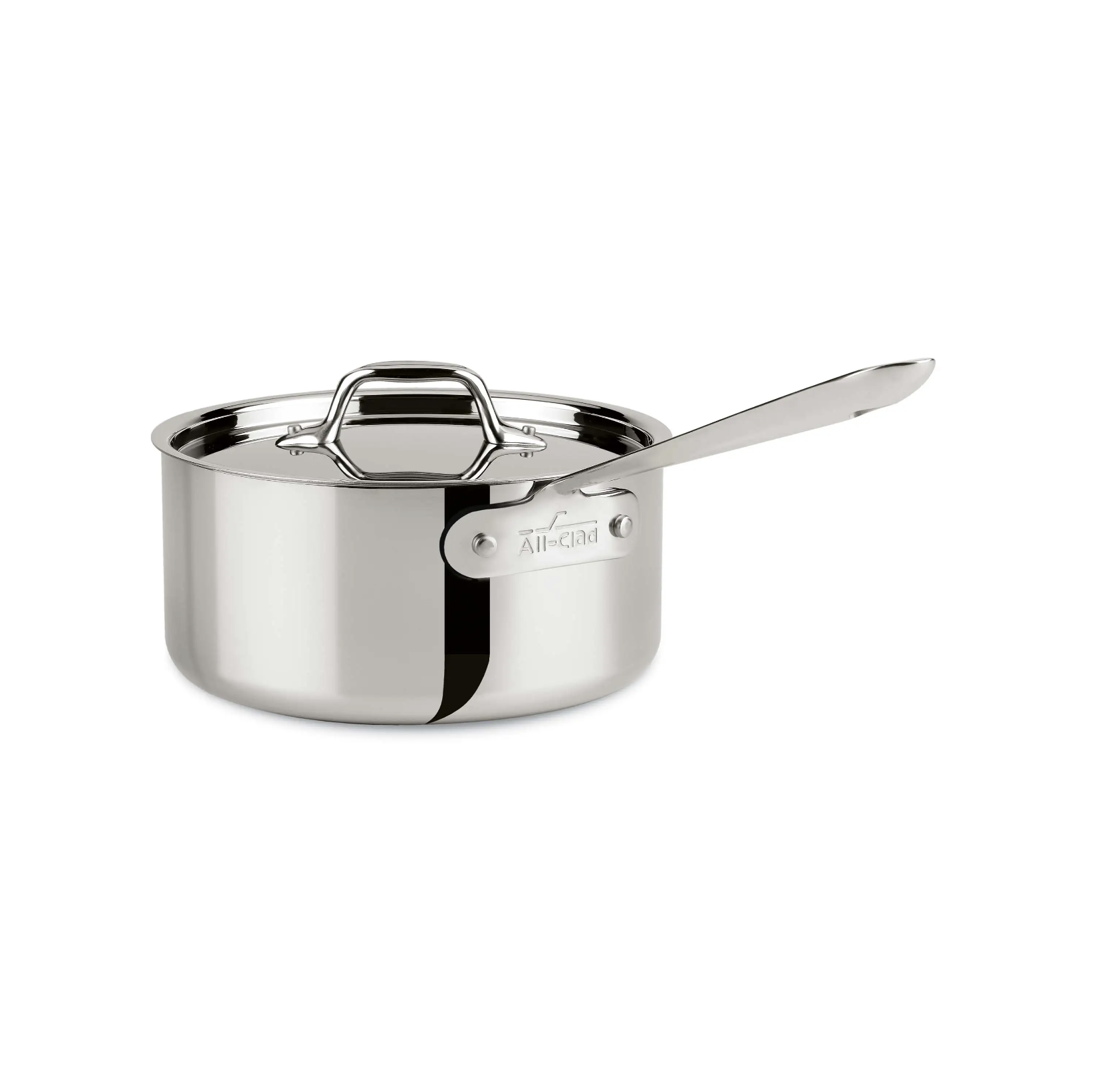Soy-Marinated Deviled Eggs
Makes 24 Deviled egg halvesI’ve always been a deviled egg girl. Growing up, they were one of my holiday meal responsibilities, and over the years I’ve made all kinds—classic mustard and mayo, relish and dill, even pea and bacon.
This version started as a twist on the soy-marinated eggs I love in ramen. I served them at a dinner party once, and they completely stole the show.
They’re marinated in soy sauce, rice vinegar, and a little honey, then topped with scallions and Gochugaru (Korean chile flakes). Filled with bold, umami flavor, these are definitely not your average deviled egg.
WHAT YOU’LL NEED
INGREDIENTS
Soy-Marinade
12 eggs
¾ cup warm water
2 tbsp honey
¼ cup (4 tbsp) rice vinegar
1 ½ cups low-sodium soy sauce
Filling
½ cup Kewpie mayo (or sub regular mayo)
1 tbsp heavy cream (optional for smoother, creamier consistency)
¾ tsp rice vinegar
1 tsp Dijon mustard (or substitute Chinese hot mustard for extra heat, if available)
Pinch of salt
Toppings
2 scallions, thinly sliced
Gochugaru chile flakes
DIRECTIONS
Marinate the Eggs
Bring a pot of water to a boil. Gently lower in the eggs and boil for 12 minutes. Then transfer immediately to an ice bath and chill for 10 minutes.
Meanwhile, in a quart container or medium-sized bowl, whisk together the honey and warm water until the honey is fully dissolved. Stir in the rice vinegar and soy sauce.
Once the eggs are cooled, peel and place them in the marinade. Depending on the size of your container, you may need to divide the eggs and marinade between two containers to keep them fully submerged. Cover and refrigerate for at least 4 hours, or up to 12 hours (I prefer 8–10 hours for the best flavor).
Assemble
Slice the eggs in half and transfer the yolks to a medium bowl. Mash until fine using a fork (or use a food processor for an extra-smooth filling). Add the mayo, heavy cream (if using), rice vinegar, Dijon, and salt, and mix until creamy and well combined.
Optional: For a clean line of gochugaru, line the bottom of a circular cookie cutter with tape, leaving one thin strip uncovered. Hold it over the egg white and dust the gochugaru into the open strip. You could also use a piece of paper or any straight edge to control where the gochugaru lands. Otherwise, just sprinkle on top.
Spoon the filling in, or pipe using a medium star tip. Top with scallions.
RECIPE NOTES & TIPS
Customize to your taste! I’ve added crispy bacon or pork belly, Momofuku’s chile crunch, even sesame seeds to this version. Personally, I love mine with a ton of green onion—but make them your own!
The longer they marinate, the saltier they get. I like them best after about 8–10 hours in the marinade. Any longer than 12 and the salt can become overwhelming, plus the egg whites start to firm up.
Boiling time can vary by altitude. At higher elevations, water boils at a lower temperature, which means your eggs cook more slowly. While 12 minutes gives me a fully set (but not overcooked) yolk, you may need more or less time depending on where you live.
Always transfer boiled eggs straight into an ice bath. It makes them easier to peel and stops the cooking process. If left at room temperature, eggs continue to cook from residual heat, which can lead to overcooked yolks with a greenish-grey ring. That ring forms when iron in the yolk reacts with sulfur in the white. It’s harmless, but the texture turns chalky and unpleasant.




